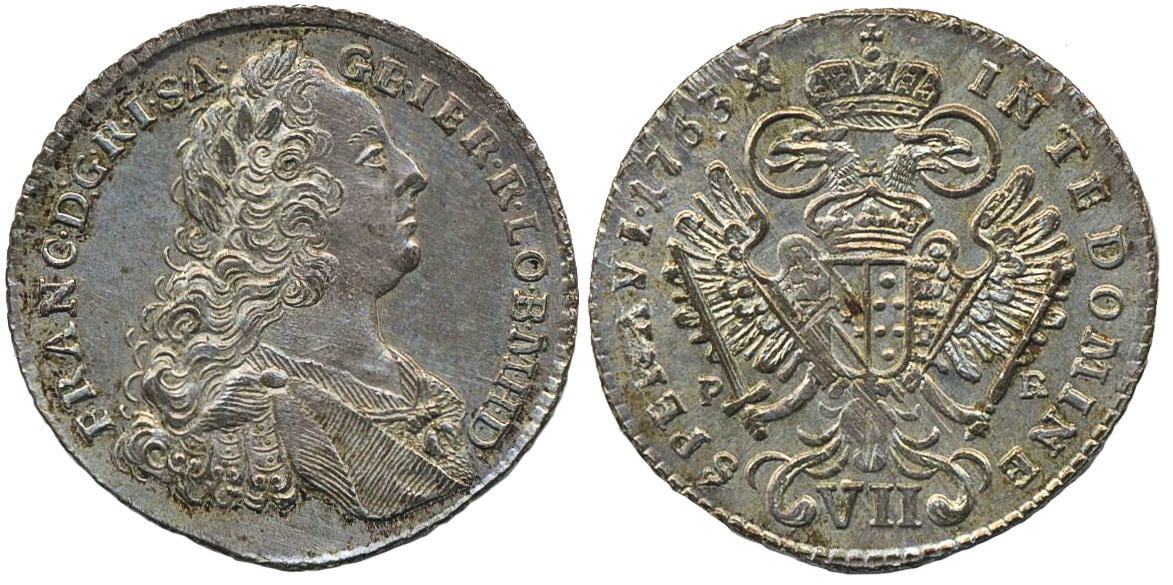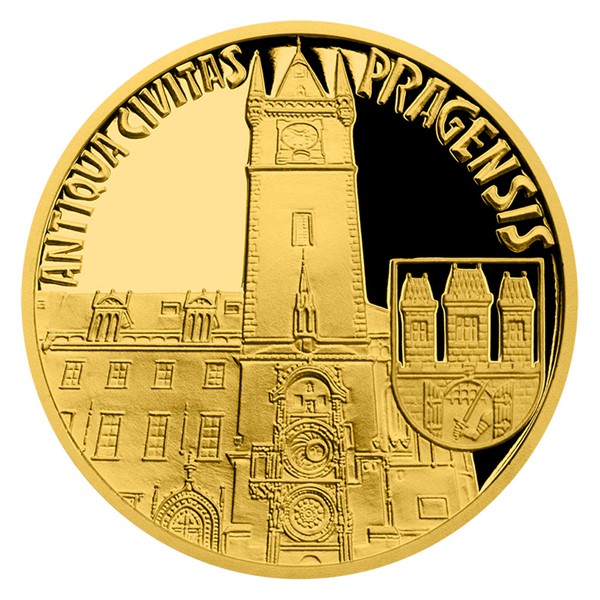This involves scanning a plaster maquette in order to create a 3-D digital model of gold coins or medals. Specialized equipment is used to record the specifics and dimensions of the model in digital format. This digital copy can be utilized for various uses during production.
3D Scanning: High-resolution 3D scanners are utilized to capture all details and dimensions of the model. These scanners employ various methods to take precise measurements.
The scanner emits beams of light or lasers onto the models' surface. The scanner captures these reflections and distortions. The information gathered is used to construct a model.
Data collection- The scanner captures data while it travels across the model. This results in an electronic representation of the model's contours, geometry and details.
Conversion to 3D Model - The data points that are collected are processed by a software that reconstructs them into a 3D digital model. This model replicates the physical attributes and dimensions of a maquette made of plaster.
What are the reasons for creating a digital 3D model?
Precision and Replication- Digital 3D models allow for exact replication of the physical model's specifications and dimensions. It is important to maintain this precision to ensure that the final design of the gold medal or coin is in line with the original.
Making it easier to modify modelsDigital models can be easily refined or modified. Designers are able to modify the design without altering the plaster maquette.
Integration with Manufacturing Processes: Digital 3D models can be used with various manufacturing methods, such as CNC machining and 3D printing. This allows the rapid creation of molds and other dies.
Digital 3D designs are able to be stored and used as documentation. They can be digitally stored to be used in the future for references, reproductions or documentation for historical purposes.
By scanning the model and then creating a digital 3D model, manufacturers and designers can streamline the production process, ensure accuracy in replication and utilize advanced manufacturing techniques to create gold coins and medals that are precise and faithful to the original concept. Follow the top Scanning and 3D Modeling Czechoslovakia gold medals site recommendations. including 1 4 ounce gold coin, 1oz of gold, cost of 1 oz of gold, ancient coin, coin buy silver, gold buffalo, american eagle gold coin price, american gold eagle, cost of silver coin, platinum coins and more.

What Is The Reason Dies For Gold Medals And Coins Made To Be Vacuum-Hardened?
The vacuum hardening process used to create dies that strike gold medals or coins involves subjecting the dies to extreme temperatures and controlled conditions within a furnace that is a vacuum. Here is a brief overview of the vacuum-hardening process.
When creating dies to be used in striking coins or other medals, it is crucial that they are clean of residues or contamination.
Loading into Vacuum Furnace
The dies are put into an environment chamber that is vacuum.
Evacuation of Aircraft
The vacuum furnace removes air from the chamber, creating an environment of controlled vacuum that is free of oxygen and other gasses. This assures uniform heating and prevents oxidation.
Heating Phase
The furnace has to be heated to a temperature needed for hardening the dies. The temperature range is based on the material being used and the hardening procedure.
Soaking at high temperatures
Die dies are kept at higher temperatures for a certain period of time, which allows the material the reach the level of hardness desired and also to preserve metallurgical structures.
Cooling or Quenching
After soaking after which the dies are cooled or quenched using specialized techniques. The rapid cooling process can help to ensure the desired level of hardness and strength in the metal.
Tempering is optional
In some instances it occurs following the stage of hardening. Tempering is the process of heating dies to a lower temperature to ease internal tensions and increase the toughness.
Quality Control and Inspection
Die dies that are hardened undergo thorough quality inspections and checks in order to meet the specifications for strength, hardness and tolerances to dimensional measurements.
Post-Treatment Handling-
The dies, following the vacuum-hardening process is completed, can be further processed using polishing and coating, before they are used in the strike of coins or medals methods.
The vacuum hardening procedure increases the strength, durability as well as the wear resistance and life span of the dies used to create gold coins or medals. This procedure creates a controlled environment free of airborne contaminants to ensure consistent and reliable hardening. It also improves the quality of the minted product. See the best vacuum hardening Czechoslovakia gold medals blog advice including ancient coin, $20 gold piece, gold and silver dealers near me, 1oz of gold, sell gold and silver near me, gold and silver bullion, gold bullion for sale, 1933 double eagle, gold eagle, ebay gold coins and more.

What Are The Various Ways That Gold Coins Or Medals Are Coated In Order To Guard Them?
There are a variety of reasons gold coins and medals can be coated. They can be used for the protection of your investment, enhancement to aesthetics or creating specific effects. Here are different coating processes used Protective Coatings-
Clear Protective Coating (Varies)Clear protective coating, like lacquer or a specialized polymer can be used to protect the surface from the effects of tarnishing, oxidation or scratches. The coating keeps the coin's original look and also protects the metal underneath.
Improvement of Appearance
Gold Plating and Gilding Gold-plated or Gilded coins and medals may undergo gold plating or gilding processes where the thin layer of gold is applied to the surface. This enhances the appearance of a coin or a medal, adding elegance and lustre to it.
Aesthetic Aspects
Antique finishes and patinas can be achieved by utilizing chemical treatments or coatings. The process is designed to artificially age the surface, creating an aged or oxidized look, adding character and depth to the design.
Colorization / Coloring - In certain cases, the color of specific parts of a coin medal, or another item is achieved by applying special coatings and enamels. The aim is to enhance the design element that create contrast, as well as increase the visual appeal.
Anti-Tarnish Coatings-
Anti-Tarnish Solution – If your coin or medal features intricate designs or specific areas are prone to tarnishing you may want to apply anti-tarnish solution. The coatings prevent the surface of the metal from oxidizing or discoloring with time.
Specialized coatings for security or authentication-
UV-Reactive Coatings and Luminescent Coatings Some coins and medals are coated with coatings that are UV reactive, which can reveal hidden elements or encryptions for security purposes or authentication.
Selective Coatings to Block Contrast
Removal of Selective CoatingsIn certain instances, coatings are removed selectively from specific areas, of the coin or a medal in order to create contrast between coated and polished surfaces, and highlighting design elements.
Each coating process serves a specific purpose whether it's to shield the metal, enhance appearance, achieve certain aesthetic effects, or even add security features. These coatings have an enormous impact on the appearance and durability of gold-plated coins and medals, increasing their value. See the recommended coating Prague Mint gold medals more examples. including price of 1 oz of gold, american eagle gold coin, one ounce gold bullion, gold and silver shops near me, gold medals, gold price coin today, gold and silver buyers near me, 1 4 oz gold coin, gold buffalo, one ounce gold bullion and more.

What Is The Process For Having Gold Coins And Medals Inspected For Quality To Ensure Compliance With Specifications?
After being mint, gold coins or medals undergo rigorous quality inspections to ensure adherence to specifications precision, accuracy, and quality. This process involves a number of steps. Visual Inspection-
Inspectors are trained to examine every medal and coin for imperfections on the surface, blemishes or flaws. They look for flaws, including scratches, marks or irregularities.
Weight and Dimensions
Weighing and measuring each medal or coin ensures that it satisfies the specified weights, diameters, thicknesses, and overall dimensions in accordance with the specifications of the design. Any deviations could indicate a problem with the quality.
Composition and Purity of Metals
As part of quality checks as part of quality checks, medals and coins are inspected for purity or content by using different methods like XRF analysis, chemical tests or XRF. The gold content of the coins or medals is examined to make sure they are in compliance with quality and quantity standards.
Edge Inspection
Inspectors search for any irregularities or uniformity on the edges. The edges are an important place to add security features, or for other design elements.
Strike Quality
It is crucial to evaluate the quality of each piece, for example the sharpness and clarity of the design, the relief and overall look. This will help ensure that all pieces are consistent.
Correction of errors in Proofing and Minting
For special editions or proof coins, meticulous examination is performed to find any flaws, minting errors, or discrepancies that might affect the coin's collectible value.
Packaging and Presentation
The quality checks also extend to the packaging and presentation of medals and coins and ensure that they are properly encapsulated and stored, or displayed in cases or holders that are free of any damage or contamination.
Random sampling and random checks
Random sampling or random checks are conducted on batches to ensure high standards of quality are consistently met throughout the entire minting process.
Compliance and documentation
Every quality test is documented in order to ensure that they are compliant with regulations as well as minting standards and certification needs. These documents serve as proof of the coin's authenticity and quality.
Reject non-conforming items
Coins or medals that do not meet the specified quality standards are rejected or sent to reprocessing in order to ensure the integrity and overall quality of the items that were minted.
The thorough quality checks are performed by certification and mints to make sure that gold medals or coins meet the standard of clarity, precision and appearance. This guarantees buyers, investors and collectors of their authenticity and quality. Read the recommended Czechoslovakia gold coin quality control website advice. including gold silver bullion, gold sovereign coins, sell gold and silver near me, krugerrand, buy silver & gold, gold coin values, purchase gold coins, gold silver coins, 24 karat gold coin, 1936 olympics jesse owens and more.
